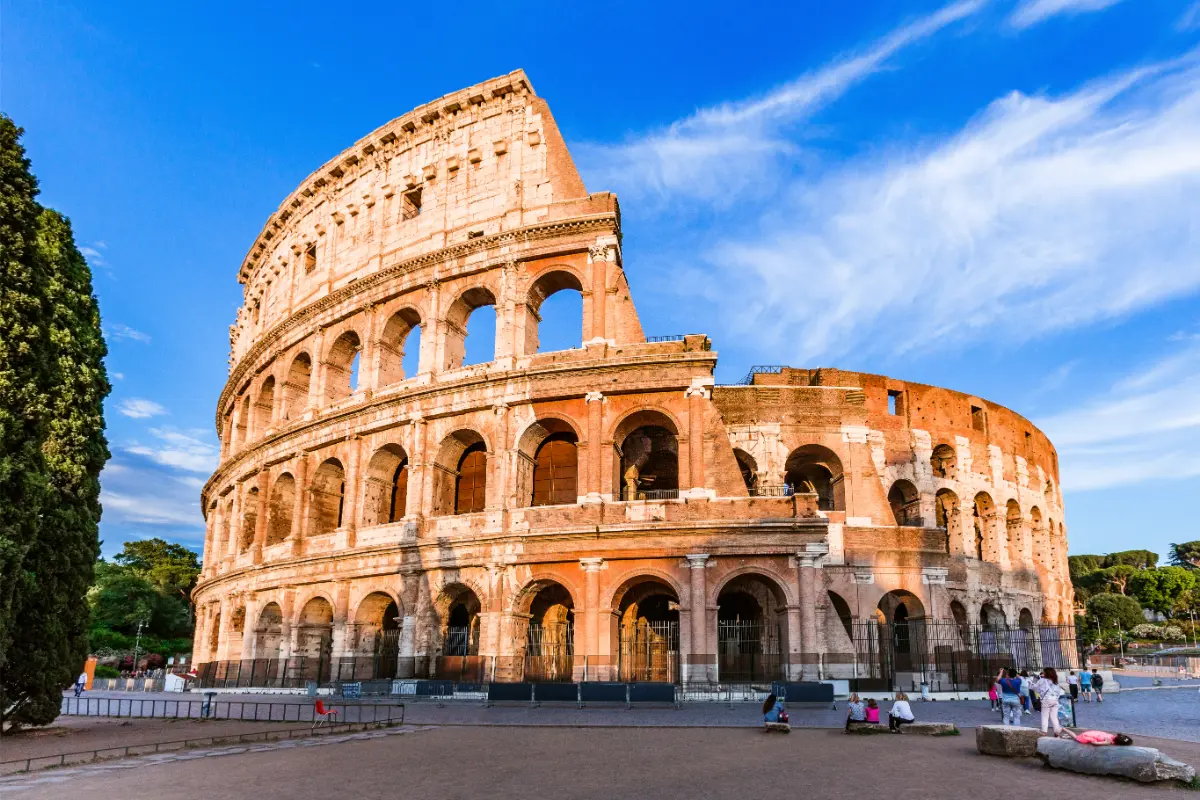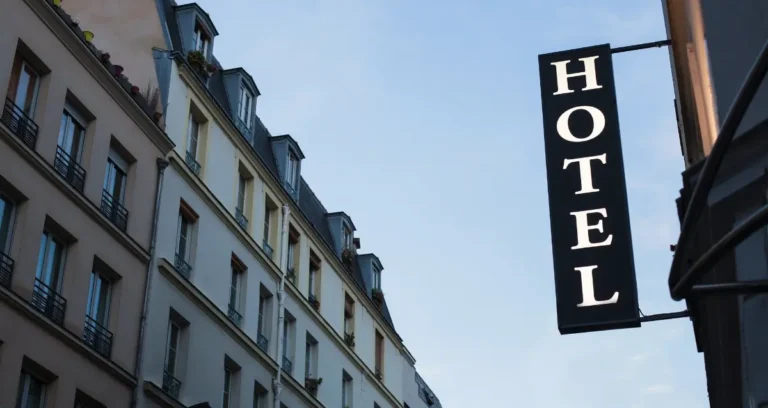Avoiding Tourist Scams in Italy: A Comprehensive Guide
Italy, the land of exquisite food, fine wine, and unparalleled art, is a dream destination for travelers worldwide. The charm of strolling through ancient streets, savoring a perfect espresso in a sunlit piazza, or marveling at Renaissance masterpieces is undeniable.
But like any popular tourist destination, Italy has its share of scams that can turn your dream vacation into a frustrating experience. This guide is designed to help you navigate the potential pitfalls and ensure that your Italian adventure remains as delightful as it should be.
1. The Train Station Scams
Italy’s train stations, especially in major cities like Rome and Milan, are bustling hubs where scammers often prey on unsuspecting tourists. One common scam involves “helpful” individuals who offer to assist you with purchasing tickets from self-service machines.
While these machines are user-friendly and available in multiple languages, these so-called helpers will demand a fee for their unsolicited services. To avoid this, always decline assistance from strangers and, if needed, seek help from official train station staff or use the ticket counters.
Pro Tip: This scam can also occur around bus ticket machines and ATMs, so be vigilant when making any transactions at public kiosks.
2. Taxi Troubles
Taking a taxi in Italy can be convenient but also expensive, and unfortunately, some drivers take advantage of tourists. Common taxi scams include being charged a higher weekend rate during the week, drivers claiming they can’t break large bills to force a bigger tip, or not using the meter at all.
How to Avoid It:
- Research the typical fare from the airport to your destination beforehand.
- Insist on using the meter and ask for a fare estimate before starting your trip.
- Carry small bills to avoid issues with change.
- Be aware that there’s often an additional fee for large luggage items.
Credit Card Tip: All taxis in Italy are required to accept credit cards, so don’t fall for the excuse that the card machine is broken.
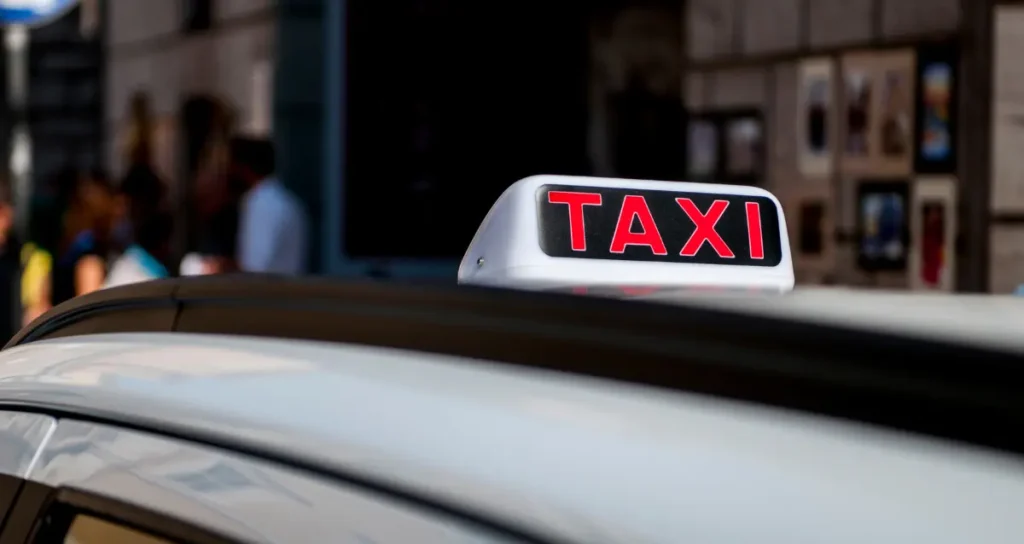
3. Restaurant Scams
Italian cuisine is one of the main attractions for visitors, but even the joy of dining out can be marred by scams. When dining at a restaurant, you might be handed an English menu with inflated prices compared to the Italian version. To avoid this, always request both menus—claiming you’re practicing your Italian—and compare the prices.
Another scam involves non-itemized bills. Make sure the bill lists each item you ordered, rather than just a total sum, to avoid paying for dishes you never received. Also, keep an eye out for the classic short-change scam, where the cashier “accidentally” gives you less change than you’re owed.
Pro Tip: When ordering coffee or drinks in popular tourist spots, ask for the menu and check the prices before ordering. Sitting at a table, especially in a prime location, can significantly increase the cost of your order.
4. Free Gifts That Aren’t Free
In tourist hotspots, you may encounter overly friendly individuals offering you “free” gifts such as bracelets or trinkets. Once you accept, they will demand payment, often making you feel guilty by showing pictures of children or telling a sob story. The best way to avoid this is to politely but firmly refuse the gift and walk away.
Watch Your Wallet: These scammers sometimes work in teams, with one person distracting you while another attempts to pickpocket you. Stay alert and keep your belongings secure.
5. The “Accidental” Artist Scam
In busy areas, you might see street vendors displaying cheap prints or paintings on the ground. If you accidentally step on one, the vendor will rush over, accusing you of damaging their art and demanding payment. This scam is designed to guilt-trip tourists into paying for low-quality, overpriced items. If this happens, firmly refuse to pay and walk away.
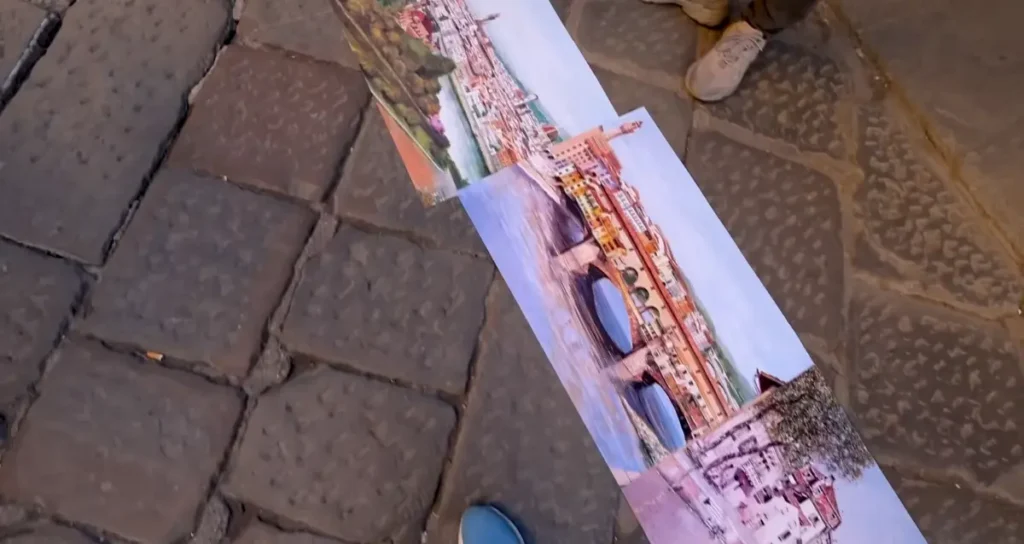
6. The False Friend
It’s not uncommon to meet locals who seem eager to show you around or take you to a “cool” bar. After a few drinks, you might find yourself with an astronomical bill. This scam involves a local befriending a tourist and leading them to a bar or restaurant that charges exorbitant prices, often in collusion with the establishment.
How to Handle It: If a new acquaintance suggests a place, politely decline or suggest a location of your own. If they lose interest, it’s a clear sign that their intentions weren’t genuine.
7. Currency Exchange Scams
Exchanging money at currency exchange centers in Italy can be a costly mistake, as they often offer poor exchange rates and high commissions. Instead, head to a post office for the best rates or use an ATM at a reputable bank.
Pro Tip: Avoid using ATMs that are located near currency exchange centers, as they often have hidden fees. If possible, exchange money before you leave your home country or use your credit card for most transactions.
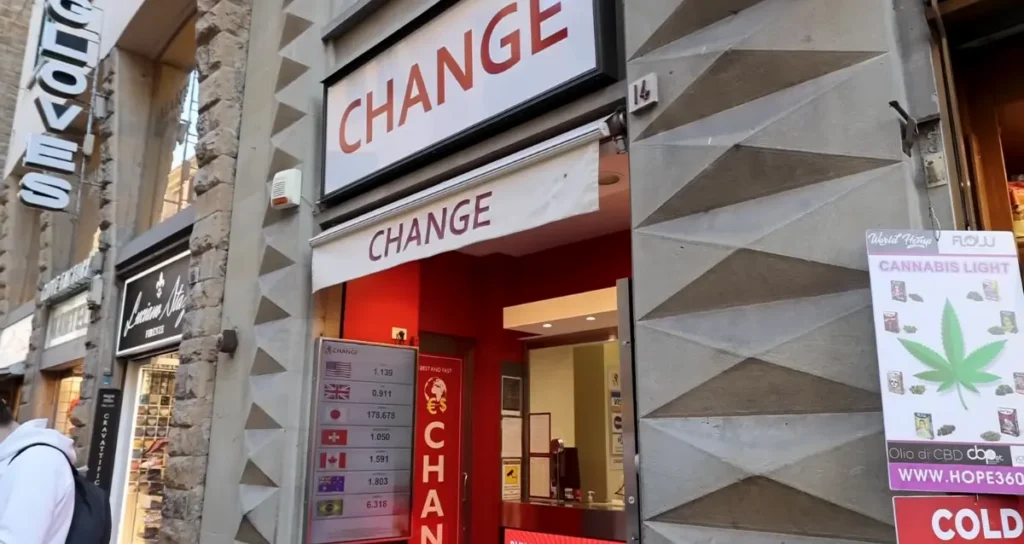
8. The Pricey Drink Scam
After a long day of sightseeing, you might be tempted to relax at a café with a drink. However, if you don’t ask for the price list first, you could be in for a shock when the bill arrives. Popular areas with stunning views often come with equally stunning prices, so always check before ordering.
Final Thoughts
Italy is a country of immense beauty, rich culture, and incredible experiences. By staying aware of these common scams, you can ensure your trip is filled with only the best memories. Remember, the further you venture from the tourist hotspots, the more authentic and scam-free your experience will be.
For more tips on dining, traveling, and enjoying Italy to the fullest, check out our comprehensive Italy travel guide. Safe travels!
FURTHER READING

